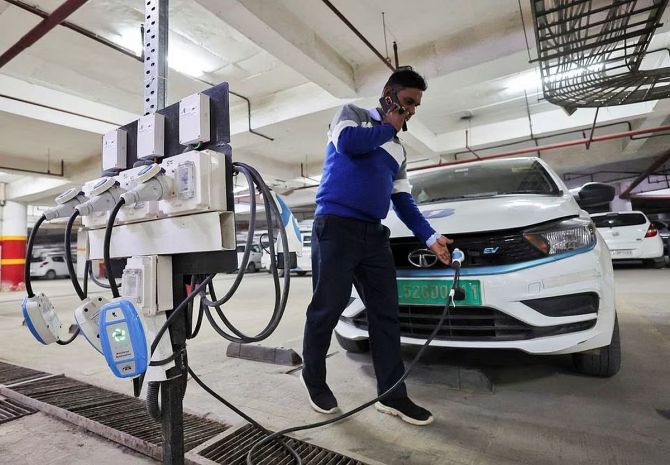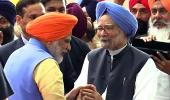Even as the government debates whether to continue the FAME-II subsidy for electric vehicles (EVs), the share of such vehicles in overall sales is decelerating, after witnessing a heady growth in the first few years.

The penetration of EVs — electric two-wheelers, passenger vehicles, three- wheelers and other segments collectively — in the first 10 months of FY24 has been pegged at 4.3 per cent, compared to 3.7 per cent in FY23, according to credit rating agency ICRA.
Presenting the data at a conclave of the Society for Indian Automobile Manufacturers (Siam), ICRA said the penetration of EVs in FY23 grew sharply, nearly doubling over FY22 when it was 1.6 per cent. In FY21, EV penetration in the country was only 0.3 per cent.
Electric two-wheelers, which were expected to lead the charge, are a case in point, especially after the government sharply cut back the subsidy given to manufacturers in the middle of last year.
The penetration of electric two-wheelers has moved up to 5 per cent in the first 10 months of FY24 from 4.5 per cent in FY23.
In FY22, the penetration was only 1.9 per cent, signifying the big growth in penetration in FY23.
In FY24, the industry was expected to sell over 1.2 million electric two-wheelers, but it is now clear that it will not even manage to hit 1 million.
In fact, the industry is looking at a far more modest growth in EV penetration than what the government had envisaged.
At the Siam conclave, ICRA projected that the penetration, in terms of new EV registrations, will hit 15 per cent for electric cars, 25 per cent for e-two-wheelers and 40 per cent for e-three-wheelers (excluding e-rickshaws).
In the case of electric buses the penetration is expected to touch 30 per cent and in electric light commercial vehicles it is projected to be 20 per cent in the current financial year.
Needless to say, the numbers are far lower than what the government has been pushing for. In 2020, it had set an ambitious target of EV sales hitting 30 per cent for passenger cars, 70 per cent for commercial vehicles and 80 per cent for two and three wheelers by 2030.
That number now seems like a pipe dream.
Much, however, will depend on whether the FAME-II subsidy, which ends in March this year, will be extended.
While the ministry of heavy industries is looking for its extension and a substantial inflow, the interim Budget has earmarked only Rs 2,671 crore for subsidy under FAME in FY25, which is less than half of what was earmarked for FY24.
In FY24, an amount of Rs 5,790 crore had been sanctioned for EV manufacturers under the FAME-II subsidy scheme.
However, the ministry of heavy industries has said that only 38 per cent, or Rs 1,980 crore, of the allocated funds have been utilised till January 31, 2024.
EV players have complained that they have not got their FAME subsidy dues for six to nine months which has put major pressure on their working capital requirements.











